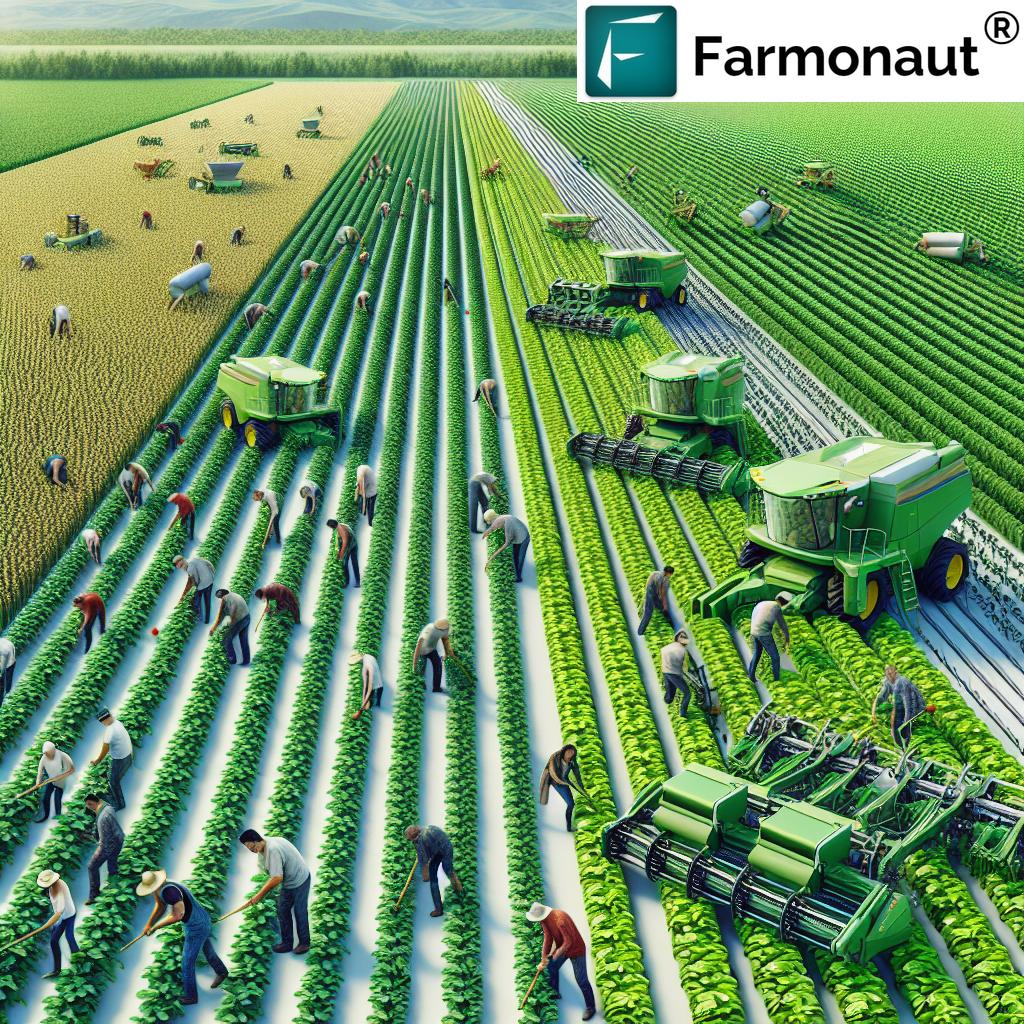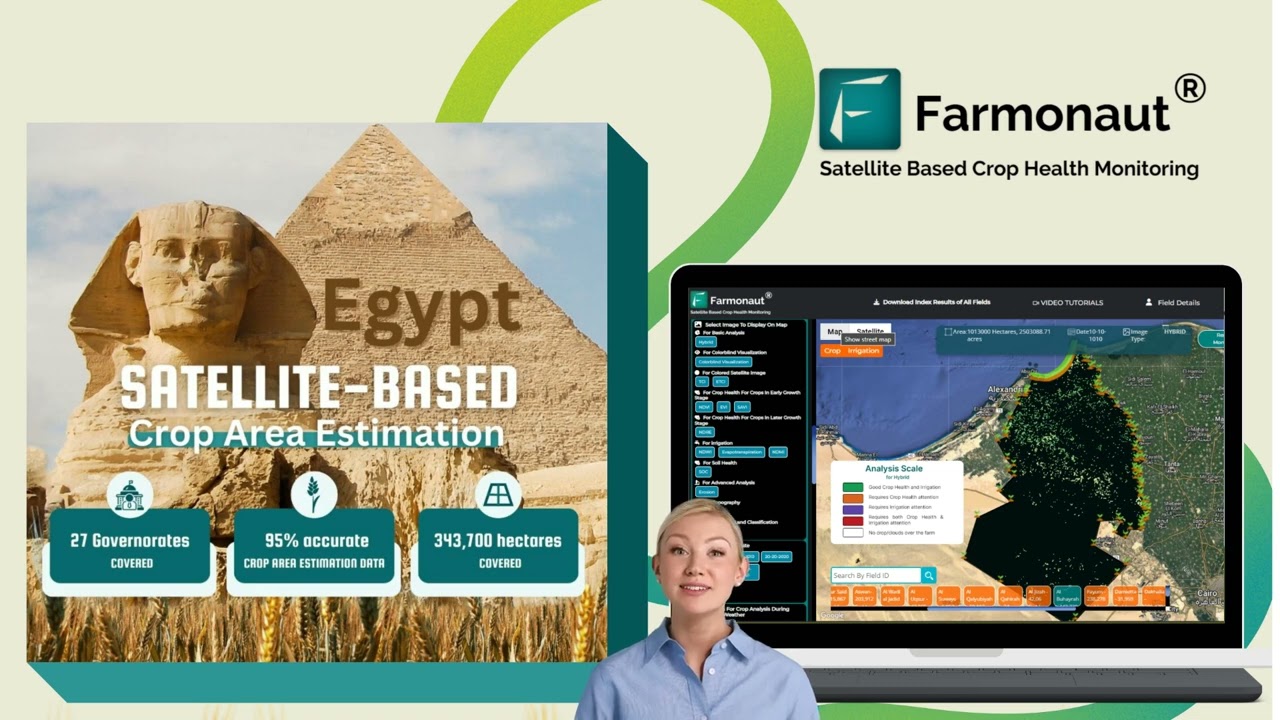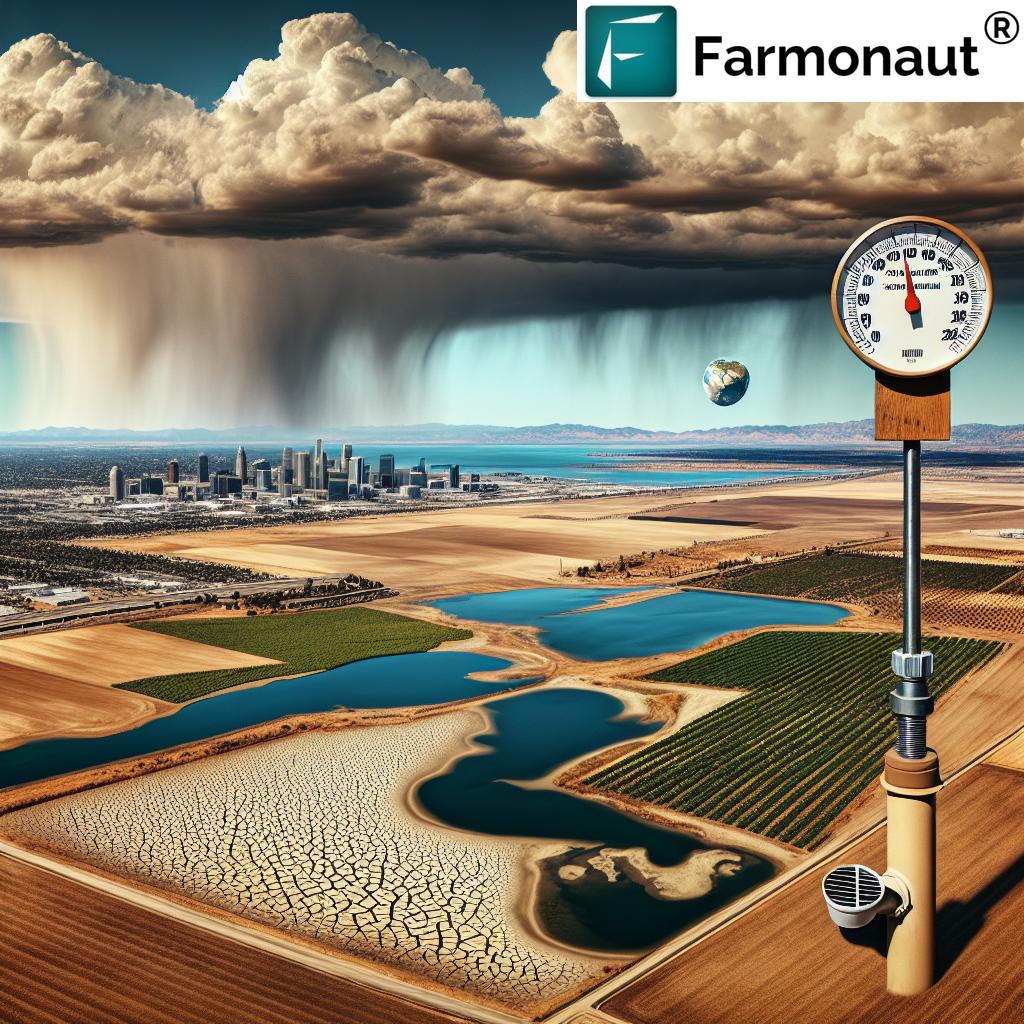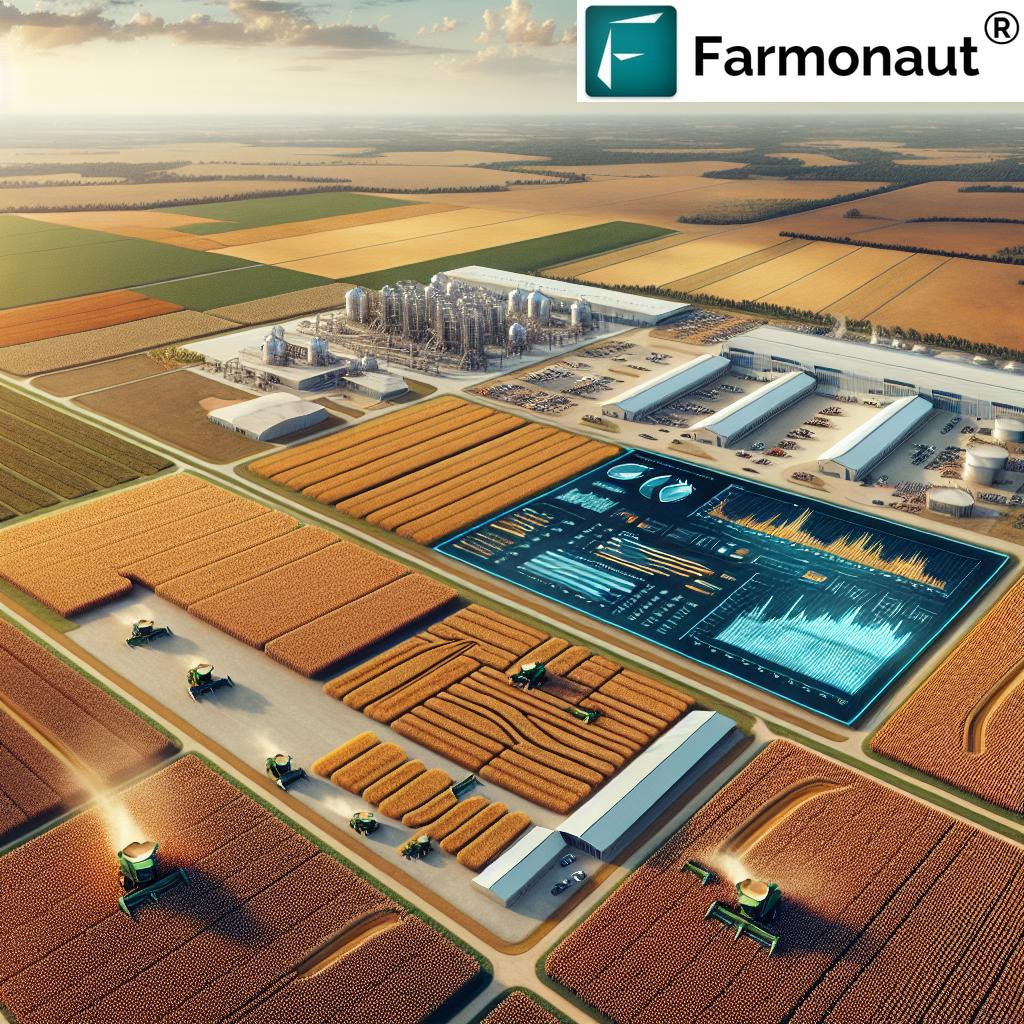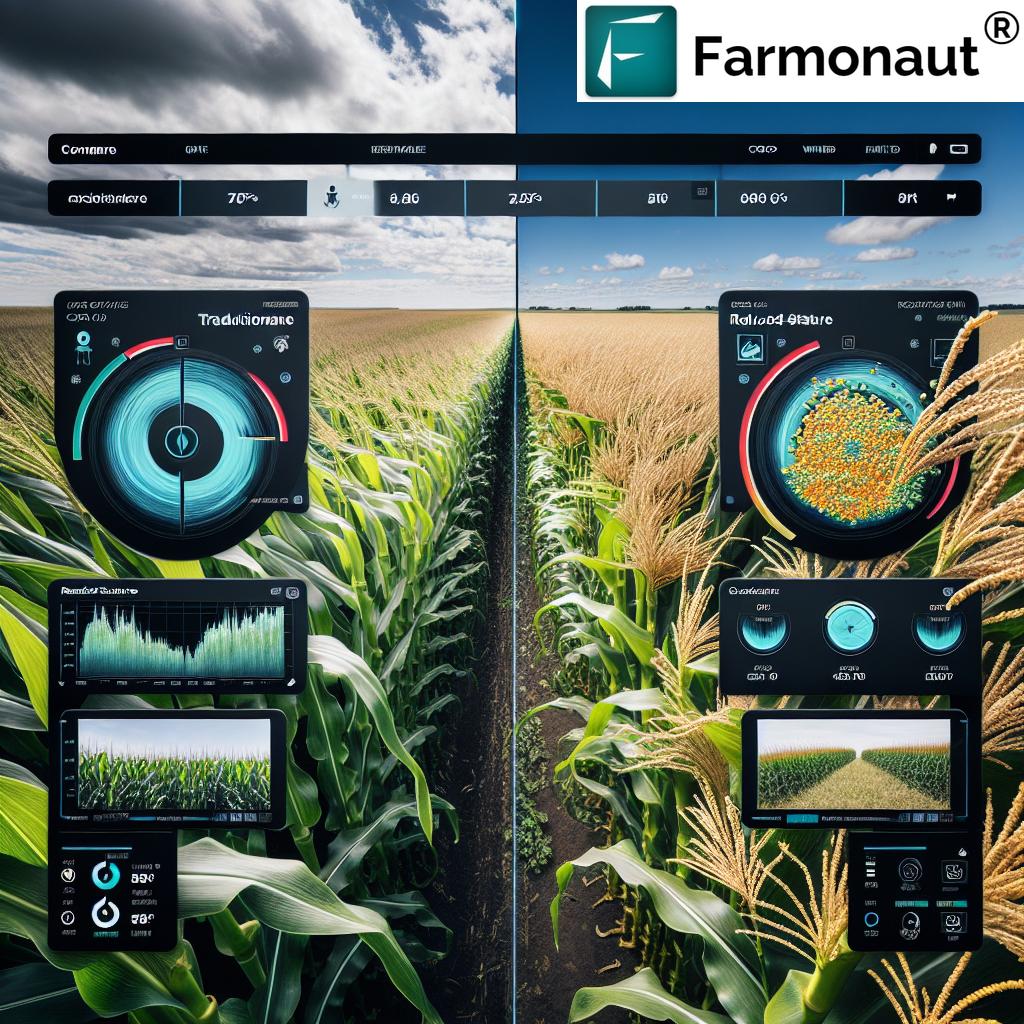Agriculture Jobs in the US: Powerful 2023 Trends & Impact
“In 2023, U.S. agriculture supported over 19 million jobs, accounting for nearly 10% of total U.S. employment.”
Introduction: The Pivotal Role of Agriculture Jobs in the US
Agriculture in the US stands as a cornerstone to our economy and society, encompassing farming, forestry, and closely related industries. As one of the most vital sectors, its reach touches nearly every aspect of American life—from food production and rural employment to global trade and technological innovation.
In 2023, agriculture, food, and related industries contributed approximately $1.537 trillion to the U.S. Gross Domestic Product (GDP), representing about 5.5% of the national GDP. The direct output from America’s farms accounted for $222.3 billion, nearly 0.8% of the entire GDP[1]. Such figures underscore the pivotal role of agriculture in fueling both the economic engine and food security of the United States.
Our focus in this blog is to unpack the latest industry trends, workforce challenges, technological advancements, and the remarkable economic impact of agriculture jobs in the US. Through this comprehensive guide, we’ll explore the evolving landscape of agricultural employment and reveal how platforms like Farmonaut are transforming the way farms operate and contribute within the global ecosystem.
Economic Impact of Agriculture on the United States
Understanding the economic impact of agriculture requires us to look at the broader scope of the sector. Not only does agriculture deliver vast quantities of food and raw materials to sustain the nation, but it also serves as a foundation for rural livelihoods and the national economy.
- In 2023, agriculture, food, and related industries contributed $1.537 trillion to the US GDP, amounting to 5.5% of total GDP.
- America’s farms directly contributed $222.3 billion to GDP, which is about 0.8% of the total output[1].
- These industries produce essential goods, boosting exports, supporting local businesses, and integrating advanced supply chains.
- Agricultural employment and wages contribute substantially to the overall economic health.
Our agricultural economy isn’t just about numbers—it’s about sustaining millions of families, maintaining rural prosperity, enhancing food security, and underpinning national resilience against global disruptions.
Current Agricultural Employment Trends in the US
Agricultural Employment in the US: Scale and Structure
The agricultural and food sectors continue to serve as huge employment engines in the United States:
- In 2022, these sectors provided 22.1 million full- and part-time jobs, making up 10.4% of total US employment[1].
- Direct on-farm employment was about 2.6 million (1.2% of US employment).
- The remaining jobs arose from food processing, transportation, distribution, equipment innovation, and related industries.
Jobs in agriculture are therefore not just about field labor—they span supply chains, research, technology development, and logistics. This diversification highlights how crucial agriculture is for rural, suburban, and even urban economic stability.
Highlight: Recent Workforce Changes and Projections
- The sector saw a 1% projected growth from 2019 to 2029, indicating both structural shifts and increasing reliance on automation.
- Emerging roles are driven by new technologies, such as data analytics, precision agriculture, fleet management, and sustainability consulting.
“Farm labor shortages rose by 15% in 2023, pushing rapid adoption of automation across American agricultural operations.”
Family Farms in America: Structure, Output & Significance
When we think of American agriculture, family farms are central to the narrative.
- About 98% of US farms are family-operated, representing the backbone of our agricultural landscape[2].
- Yet, these farms account for only 27% of national agricultural output, indicating that larger farms, though fewer, contribute a significant portion of the nation’s food and fiber[2].
- There are approximately 2.01 million farms operating across the US, with an average farm size of 445 acres.
- About 51% of the nation’s total land area is utilized for agriculture, highlighting our sector’s broad environmental influence[3].
The resilience and adaptability of these family-owned enterprises ensure the continued stewardship of our natural resources and legacy farming traditions.
State-by-State Variations: Agriculture Jobs Across America
Employment in agriculture varies considerably from state to state, reflecting regional crop cycles, population densities, and economies of scale.
- South Dakota leads the nation, with 5.47% of its jobs in farm-related activities.
- North Dakota follows closely, with 5.38% agricultural employment.
- In contrast, Massachusetts, Connecticut, and New Jersey have less than 3.5% of their food and ag jobs tied directly to farming activities[4].
This regional diversity shapes local economies, infrastructure investment, and the emergence of workforce-related challenges across urban and rural America.
US Farm Labor Shortages & Workforce Challenges
Farmworker Challenges in the US: Scarcity, Immigration, and Policy Pressures
One of the defining challenges in agricultural employment in the US is a persistent shortage of farm labor.
- 2023 saw farm labor shortages spike by 15%, putting increasing pressure on growers and contributing to wage and price volatility[6].
- The sector is heavily reliant on immigrant workers; many farmhands lack legal status, creating vulnerabilities for both the supply chain and consumer grocery prices[5].
- Policy uncertainty and potential deportation measures threaten stability, risking higher food costs and operational disruptions.
- Labor scarcity especially impacts perishable crops, animal husbandry, and highly seasonal farm activities.
- Hiring and retaining farmworkers is further complicated by increased regulatory requirements and fluctuating local populations.
These factors reinforce the need for innovation, legal clarity, and improved worker protections.
Technology in Farming Industry: Automation, AI & Workforce Transformation
As labor shortages and wage pressures intensify, automation in agriculture emerges as a critical solution:
- Farm automation, robotics, and AI technologies are quickly transforming the sector—handling planting, harvesting, crop monitoring, and pest control with efficiency unmatched by manual labor[7].
- Technology-driven solutions not only compensate for worker scarcity but also boost productivity, optimize resource usage, and reduce operational costs.
- Increasingly, farms use data analytics, remote sensors, and AI-powered drones/fleet management to monitor, plan, and predict crop cycles, soil health, and yield risks.
- With labor force growth projected at just 1% through 2029, technology adoption is key to maintaining America’s agricultural dominance.
Farmonaut: Empowering Technology in US Agricultural Employment
Farmonaut is at the forefront of integrating breakthrough technologies—satellite imagery, artificial intelligence (AI), and blockchain—into the farming industry. Our mission? To make precision agriculture accessible, scalable, and affordable for family farms and large operations alike.
How Farmonaut Drives the Future of US Agriculture:
- Satellite-Based Crop Health Monitoring: Real-time NDVI, soil moisture, and growth metrics via Android, iOS, Web, and robust API integration (Explore our API | Developer Docs).
- AI-Based Advisory System (Jeevn AI): Personalized, on-demand advisory driven by machine learning to optimize inputs and protect yields.
- Blockchain-Based Traceability: Platforms supporting Product Traceability ensure supply chain transparency—from farm to consumer—vital for food safety and branding.
- Fleet and Resource Management: Large agribusinesses benefit from smart Fleet Management solutions, reducing logistics costs and increasing operational safety.
- Carbon Footprinting: Sustainability is built in. Monitor, reduce, and verify the carbon footprint of your farm operations with live, satellite-based data (Learn More).
- Crop Loan & Insurance Verification: Banks and insurers can verify land use, minimize fraud, and streamline credit access using Farmonaut’s tools.
Subscription Solutions for All Scales
Whether you’re an individual farmer, a corporate agribusiness, or a government agency, Farmonaut’s modular platform delivers data-driven insights tailored for:
- Small and medium farms, with affordable, user-friendly mobile and web apps
- Large-scale enterprise operations, demanding scalable satellite and analytics support
- Researchers and developers, with accessible API endpoints for integrated agritech innovation
- Institutions seeking real-time verification for loans, insurance, or sustainability goals
Getting Started with Farmonaut
Try our Web, Android, or iOS apps to experience firsthand the benefits of smart, precision farming.
For advanced users or business integration, explore our API platform and developer documentation.
Our flexible stripe-powered subscription plans allow you to scale your monitoring footprint without large up-front investments.
Comparative Employment & Economic Trend Table: US Agriculture Sector (2018–2023)
The table above highlights: a drop in employment numbers due to automation, increasing labor shortages, steady growth in economic contribution, and rapid adoption of technology in US farms.
Health, Safety & Well-being of Farmworkers in the US
While economic output and technology adoption are core to our sector’s progress, the day-to-day life of farmworkers underscores the urgent need for reform and investment:
- Farmworkers face real safety risks— vehicle rollovers, heavy equipment, falls, and chemical hazards.
- Adverse health effects include musculoskeletal injuries, respiratory diseases, heat stress, and exposure to pesticides.
- Despite progress, many agricultural workers lack adequate pay, proper training, or safe working conditions[8].
- Farmworker health is an evolving political and humanitarian priority, relevant in both family and corporate farm structures.
The Future: Ensuring a Resilient Agricultural Workforce
Looking forward, US agriculture faces both significant challenges and remarkable opportunities. Key trends shaping the sector include:
- Continued reliance on a diverse workforce—bridging generational gaps, regional knowledge, and a mix of local and immigrant labor
- Accelerating automation—robots, drones, remote sensors, and AI-driven advisory will be universal across farm sizes
- Increasing expectations for sustainability, traceability, and ethical supply chains from consumers and regulators alike
- Technology-driven expansions in the types of jobs available—from traditional fieldwork to data science, fleet management, and environmental consulting
- Policy reform around immigration, wage standards, and safety—vital to support both output and worker well-being
Solutions like Farmonaut, through their real-time insights and scalable services, give all farms—big or small—the ability to compete, comply, and thrive in this evolving landscape.
FAQ: Agriculture Jobs, Technology and Trends
1. What is the economic impact of agriculture on the US economy?
Agriculture, food, and related industries contributed approximately $1.537 trillion to the US GDP in 2023, about 5.5% of the total, with America’s farms making up $222.3 billion (0.8%). The sector generates vast employment and significant tax revenue at both the state and federal level.
2. How many people are employed in agricultural jobs in the US?
In 2022, the sector encompassed about 22.1 million jobs (10.4% of US employment), spanning on-farm labor, food processing, distribution, technology, and more.
3. What are the main workforce challenges in US agriculture?
Chronic labor shortages, heavy reliance on immigrant and seasonal workers, regulatory changes, and increased health/safety risks are major challenges.
4. How is technology reshaping agricultural employment?
Innovations like automation, AI advisory platforms, satellite monitoring, and digital fleet/resource management are transforming both the scale and skill requirements of agriculture jobs—reducing manual labor, enhancing efficiency, and creating demand for new tech-savvy roles.
5. What is the importance of family farms in America?
Family farms comprise about 98% of all US farms and are central to rural community structure and stewardship. However, output is increasingly consolidated among larger operations.
6. How do Farmonaut solutions address modern agricultural challenges?
Farmonaut delivers real-time satellite crop health monitoring, AI-based advisory, blockchain traceability, carbon footprint tracking, and logistics/resource management tools, all affordable and scalable for farms of every size, boosting productivity and sustainability.
7. Where can I access Farmonaut’s solution for my farm?
Try Farmonaut on web, Android, or iOS. For developers or large agribusinesses, APIs and documentation are available to support bespoke integration.
8. What benefits does blockchain-based traceability bring?
Blockchain traceability from Farmonaut ensures every product can be traced from farm to consumer, guaranteeing authenticity, reducing risk, and meeting regulatory/branding needs.
Conclusion: Strengthening US Agriculture for Tomorrow
Agricultural jobs in the US remain fundamental to our nation’s economy, food security, and rural cultural heritage. As we adapt to labor shortages, growing technological demands, and consumer-driven traceability, the role of data and innovation has never been more crucial. Platforms like Farmonaut empower growers to optimize output, reduce risk, and operate sustainably—making modern precision agriculture accessible for all.
The coming years will demand adaptability, collaboration, and a renewed focus on both economic and human well-being. Let’s move forward together—supporting agricultural workers, fostering smart farms, and building a prosperous, resilient United States.
References
- USDA ERS – Agriculture: FAQs & Statistics
- Wikipedia – Family farm in America
- GITNUX – US Agriculture Industry Statistics
- American Farm Bureau – State Employment
- Reuters – US farm worker deportation policy
- AP News – Climate & contract workers
- Axios – Robots the New Farm Hand
- Wikipedia – Farmworkers in the United States









